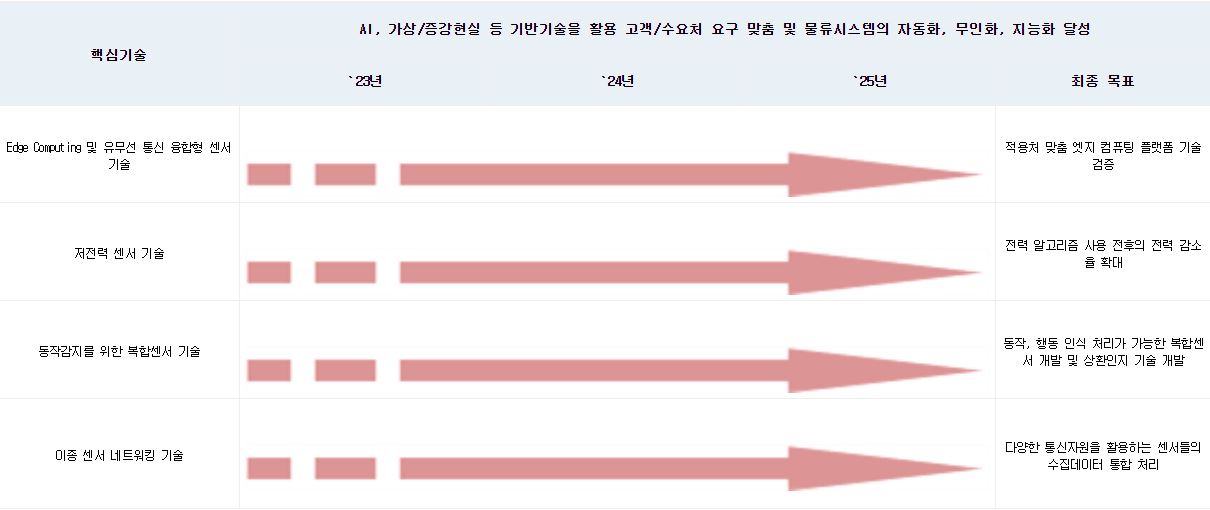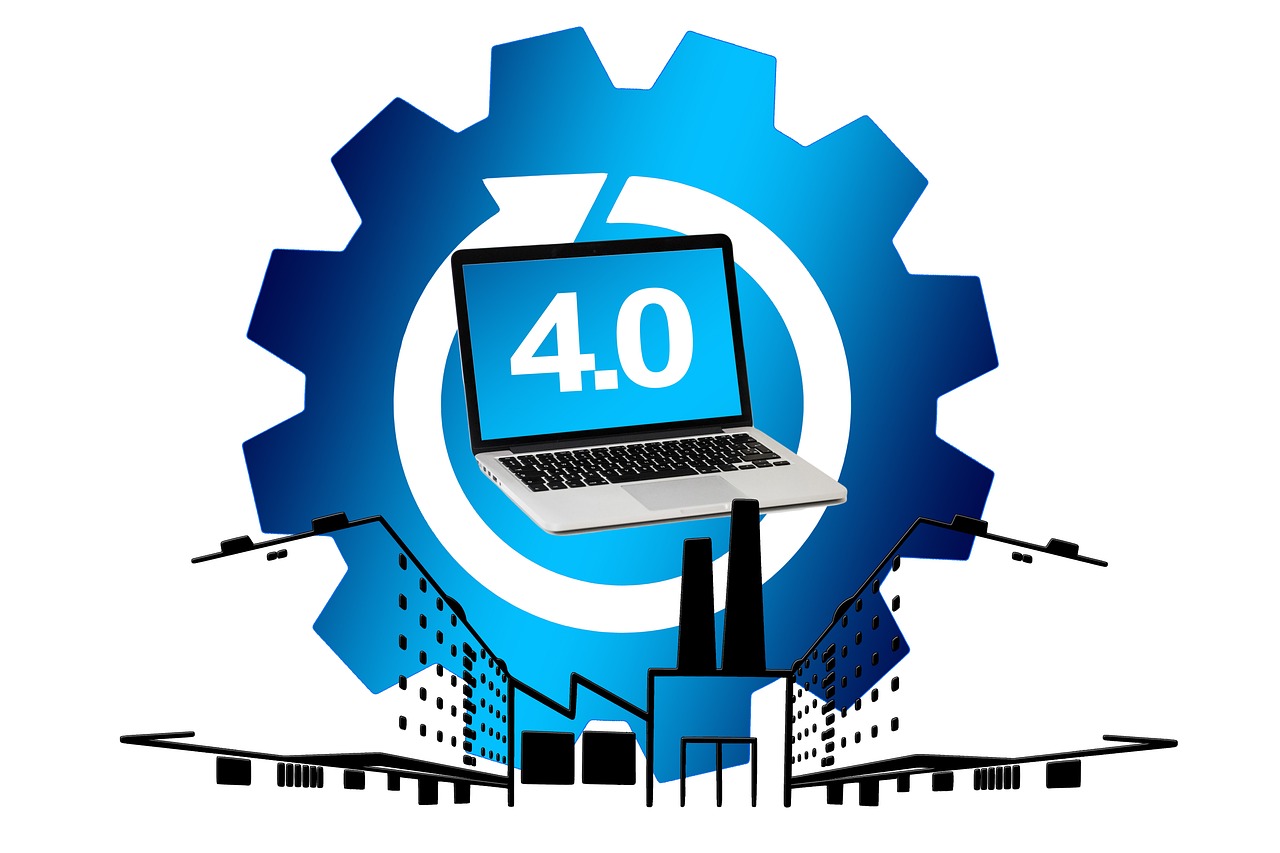디지털 시대의 기반이 되면서 IT 부품의 감초이자 핵심인 것은 단연 센서일 것이다. 첨단 산업이 고도화됨에 따라 고성능·고정밀 산업용 센서에 대한 요구가 증가하고 이에 따라 고부가가치 산업으로 각광 받기 시작한다.
IIoT·스마트팩토리 수요↑, AI 융합 지능형 센서 각광
韓 산업용 지능형 센서 2025년까지 연구개발 로드맵
디지털 시대의 기반이 되면서 IT 부품의 감초이자 핵심인 것은 단연 센서일 것이다. 첨단 산업이 고도화됨에 따라 고성능·고정밀 산업용 센서에 대한 요구가 증가하고 이에 따라 고부가가치 산업으로 각광 받기 시작한다.
최근 글로벌 시장 조사기관 마켓츠앤드마켓츠에 따르면 산업용 센서 시장 규모는 2024년 279억달러(한화로 약 37조원)에서 연평균 8.5%씩 성장해 2029년 421억달러(약 56조원)에 도달할 것으로 전망했다.
산업용 센서는 △이미지 △레벨 △파워 △압력 △온도 △진동 △유량 센서 등 제조 공정 내 다양한 지점에서 데이터를 실시간으로 수집해 모니터링 및 분석에 활용되는 센서로 예지 보전과 공정 관리 프로그램에서 주로 채택된다.
4차 산업혁명과 IIoT 수요의 증가로 자동화, 스마트 팩토리 등 제조 공정에서의 정밀 제어 및 측정 등을 위해 채택이 활발한 상황이다.
보고서는 예측 기간 동안 레벨 센서 시장이 가장 큰 시장 점유율을 가질 것으로 예상했다. 레벨 센서는 탱크 및 원자로 등 용기 안에 액체, 고체 등 재료의 수위 정도를 측정하고 조절하기 위한 유량 센서의 일종이다.
반면 증가하는 시장 수요와는 달리 공급업체 간 치열한 경쟁으로 인해 단가에 대한 하락 압력 또한 상당하다. 센서 시장에 신규 진입하는 저비용 제품군과 기존 제품군의 공급업체 간 치킨게임으로 인해 R&D 및 혁신에 제한적일 수 있다고 보고서는 지적했다.
주요 공급업체로는 △ST마이크로일렉트로닉스 △로크웰오토메이션 △텍사스인스트루먼트 △허니웰인터네셔널 △지멘스 △파나소닉 △보쉬 센서텍 등이 포진해 있다.
산업용 센서는 지능형 센서로 발전하며 AI와 융합해 머신 러닝 및 딥 러닝 모델링을 기반으로 데이터를 분석 분류하고, 오류를 예측하며, 유지 관리 개입 등을 수행하는 엣지 컴퓨팅 시스템으로까지 발전하고 있다.
현대 산업 공정이 점차 복잡해짐에 따라 산업용 센서 시장은 △더 높은 정확도 △더 넓은 동작 범위 △더 높은 감도 등의 요건을 요구하고 있는 것이다.
산업용 지능형 센서는 후방산업으로 △반도체 설계 제조 △나노 △바이오 설계 △소재 △임베디드 소프트웨어 등을 두며, 전방산업으로는 △헬스케어 △자동차 전장품 △게임/모바일 △스마트 제조 △보안 등에 걸쳐 있다.
기존 센서 메이커들도 저가 센서 치킨게임에 시장성이 없다고 보고 MEMS 센서, 융복합 센서, 나노 센서 등 고부가가치 센서 개발과 제조에 집중하고 있다.

▲산업용 지능형 센서 기술개발 로드맵(자료:TIPA)
국내에서도 산업용 지능형 센서 발전을 위해 산·학·연이 협력하고 있다. 중소벤처기업부는 중소기업기술정보진흥원(TIPA)과 함께 산업용 지능형 센서 기술개발 로드맵을 설정하고 관련 사업을 진행하고 있다.
2025년까지 △엣지 컴퓨팅 및 유무선 통신 융합형 센서 기술 △저전력 센서 기술 △동작감지를 위한 복합센서 기술 △이종 센서 네트워킹 기술 등을 개발 완료할 계획이다.
중국이 스마트 센서 시장에서 글로벌 점유율 10%대로 치고 올라오는 가운데 기존 글로벌 메이커들 사이에서 국내 센서 산업이 혁신과 생태계 창출이란 과제를 이룩할 수 있을지 귀추가 주목된다.
